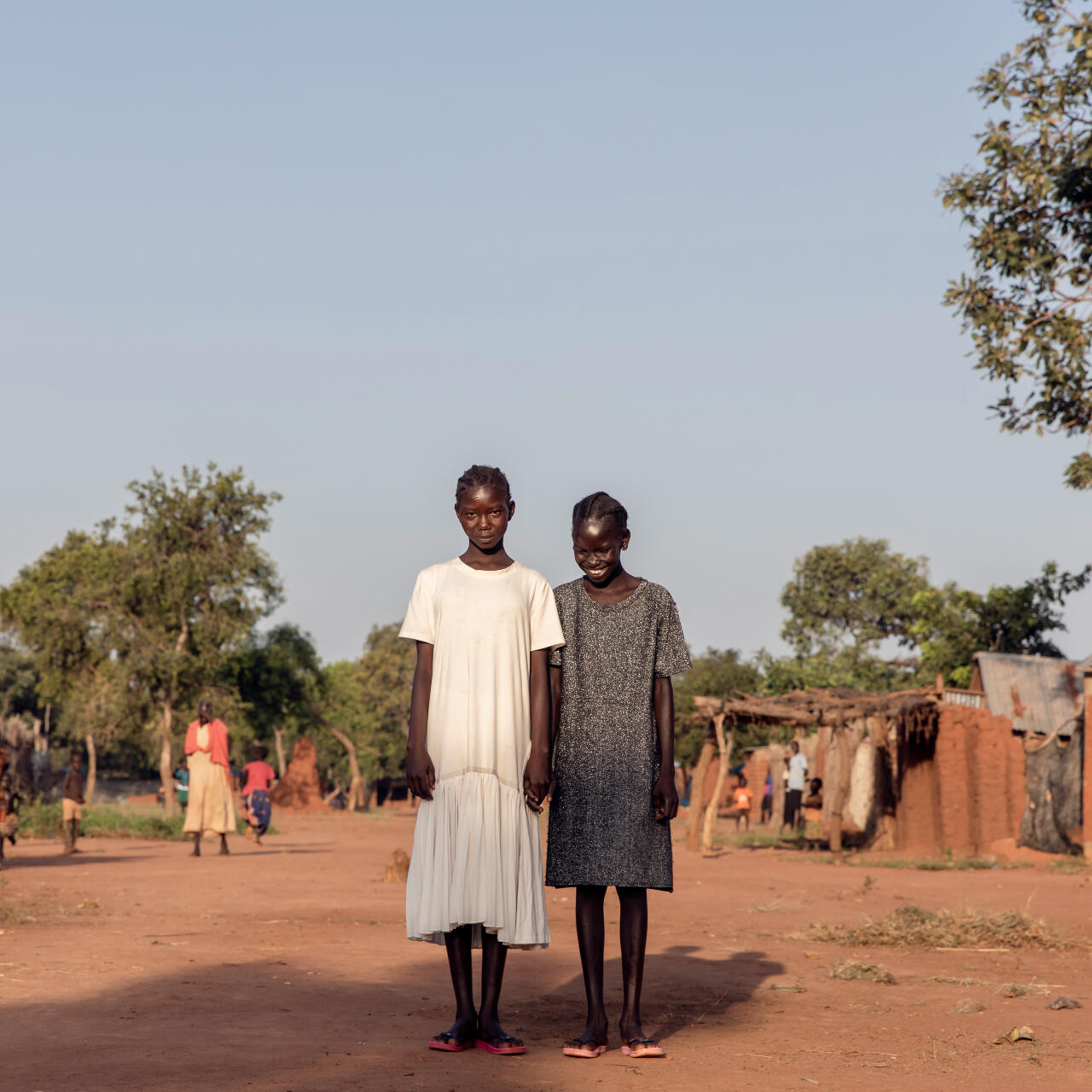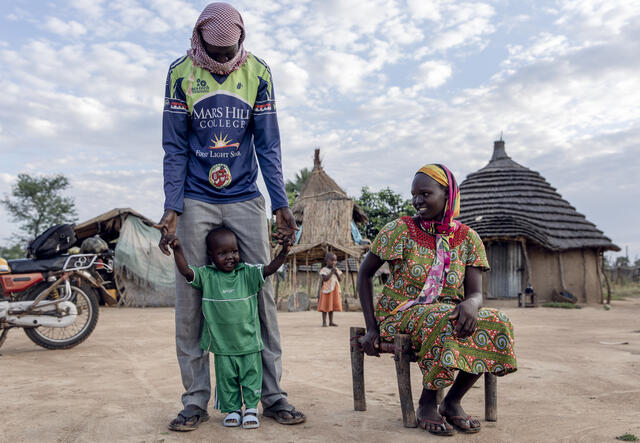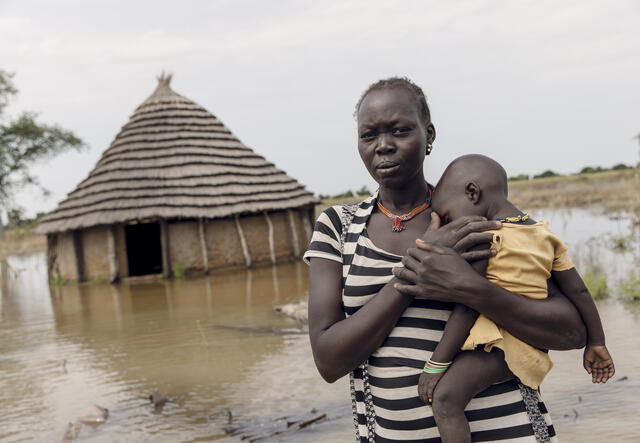
South Sudan: Hunger, conflict and climate crisis
The International Rescue Committee’s Emergency Watchlist ranks South Sudan among the top 10 countries most at risk in 2023.

The International Rescue Committee’s Emergency Watchlist ranks South Sudan among the top 10 countries most at risk in 2023.
Although the civil war in South Sudan formally ended with a peace agreement in 2018, violence continues. Climate shocks and economic upheaval also contribute to record levels of hunger.
“The effects of climate change in South Sudan have led to unusually intense rains: flood waters have forced people from their homes, leaving them without sufficient food and water,” says Caroline Sekyewa, IRC country director in South Sudan. “The compounded effects of climate change and conflict have devastating consequences for already vulnerable populations.”
More than 7.8 million people in South Sudan are projected to fall short of their minimum food needs in 2023. This is a substantial increase from the 6.3 million people who faced food insecurity in 2022. South Sudan may experience greater widespread hunger and starvation than during its civil war.
Food insecurity will force more than three out of five South Sudanese to skip meals or sell possessions to buy food. Some 43,000 people face starvation, as funding shortages force the World Food Program to suspend some food aid to South Sudan.

Despite a peace agreement signed in 2018, the number of armed groups operating in South Sudan has increased. These militias often have poor control of their troops and make little effort to protect civilians or facilitate humanitarian actions: South Sudan has the highest levels of violence against aid workers. Additionally, the transitional government has failed to unite the military or make progress on other key issues. Until stability is restored, there is a risk that South Sudan reverts to war.
Floods in late 2022 and early 2023 affected more than 900,000 people and led to outbreaks of cholera and malaria. These floods, coming a year after even larger ones in 2021, highlight a constant threat to a country lacking the infrastructure to respond.

Despite high oil prices boosting South Sudan’s GDP, the country still faces major economic challenges caused by its civil war. Oil exports make up 95% of the country’s exports, but exports decreased from 350,000 barrels a day in 2013 to 150,000 in 2022. The country’s currency lost 60% of its value between summer 2021 and fall 2022, significantly reducing South Sudan’s purchasing power.
The IRC started work in South Sudan in 1989. With more than 700 full-time staff members, we provide primary, reproductive and environmental healthcare, nutrition and protection services, and economic recovery and resilience services to vulnerable communities. The IRC partners with national and state authorities as well as local partners to strengthen health systems and support people displaced by crisis.
Learn more about the IRC’s South Sudan response.
Read more about the top 10 crises the world can’t ignore in 2023, learn how the IRC predicts which countries will face a worsening humanitarian crisis, and download the full 2023 Emergency Watchlist report for profiles of all 20 crisis countries on the IRC's list.